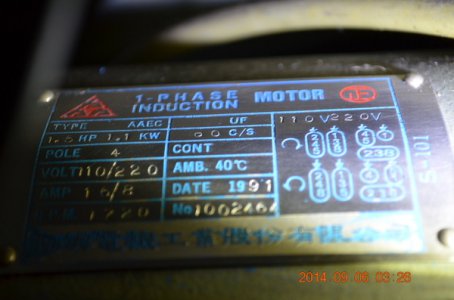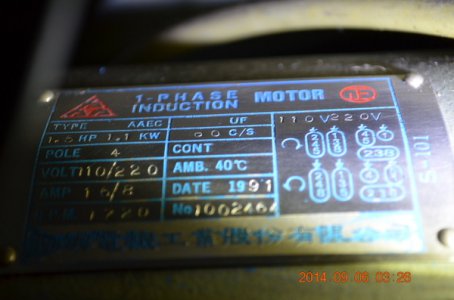I don't think you'll be able to leave it in one gear and just use the VFD alone for speed control, you'd lose the torque multiplication the gears give you so you'd find low-speed, heavy cuts would suffer from a lack of torque, you'll need to at the least use the back-gear! I normally use 30Hz to 85Hz on my 50Hz lathe motor, giving a roughly 3:1 speed range in each gear / motor speed combination (it has a 3-speed motor, not so easy to match a VFD to... plus a 8:1 back gear and a roughly 4:1 clutched gearbox, 12 speeds in all).
I do run the VFD as low as 5Hz but purely for jogging to position and using live tooling (milling spindle and TP grinder, for instance) where I want the chuck rotating at 2 RPM... The high end gives me the possibility of 2500 RPM for short periods (ok, pump-lubricated but still plain headstock bearings) when turning small-diameter parts, up from 1500 as standard, which is useful and helps surface finish a lot!
The suggestion of a tacho on the spindle is a good one, if you can use a 60-tooth disk (or the spindle gear if you're lucky?) you can buy cheap LED/LCD frequency counters on Ebay and get a better readout as they sample more frequently that the tacho's with a single pulse per turn and hence give a more accurate / "smoother" display. I was blessed with a 70-tooth spindle gear, so ended up swapping the counter's 24MHz crystal for a 28MHz - hey presto, scaled to a 70-tooth gear, same could probably be done in the opposite direction if you had 40/revolution, drop in a 16Mhz etc. etc.
MAJOR CONSIDERATION - if you have a fan-cooled motor, it WILL RUN VERY HOT at low frequencies, the airflow's more or less proportional to the square of the speed! I've added an external fan blowing into and through the motor cooling vents so I don't cook it, if your VFD has a couple of relay outputs there's probably the choice of making one of them OPEN above a "supervisory" (ABB speak) frequency where the motor's fan takes over, so the external fan kicks in below that and also stays running and cooling the motor when it's stopped too - a Good Move! 40Hz is a reasonable figure for this.
HTH, I could go on (near-constant surface speed, anyone? Dynamic braking?)
Dave H. (The other one)



